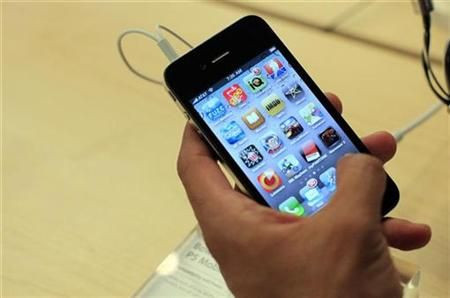Tele-Rehab, Helping Stroke Patients Recover at Home

Telehealth may not have been at the top of mind before 2020, unless you live in a rural or hard-to-reach location, but these days, many people are facing the new reality of doctor appointments online or by phone. Telehealth isn’t reserved just for talking to your doctor or nurse practitioner about medical issues, though. It can also be part of a rehabilitation program following a serious illness, like a stroke.
In 2004 a group of Italian scientists conducted a study to see if a remote provider using “advanced communication technology” could help rehabilitate stroke patients at home. The study lasted only 4 weeks, but the researchers concluded that “telerehabilitation may represent a new home-based therapy to treated disabled people.”
Sixteen years later, a new study from the University of British Columbia in Canada confirms that telerehabilitation does work for patients recovering from a stroke.
Telerehabilitation Offers Alternatives
“Telerehabilitation has been promoted as a more efficient means of delivering rehabilitation services to stroke patients while also providing care options to those unable to attend conventional therapy,” Brodie Sakakibara, PhD, the paper’s co-author, said in a press release. Dr. Sakakibara is with the Centre for Chronic Disease Prevention and Management (CCDPM).
The study’s data comes from 6 different clinical trials launched across Canada as part of the Heart and Stroke Foundation initiative. People recovering from a stroke were offered interventions from lifestyle coaching to memory, speech skills and physical exercise training. “Researchers from each of the six trials came together to write a review paper describing their experiences conducting a telerehabilitation study, and to report on the facilitators and barriers to the implementation of tele-rehab services withing a research context,” Dr. Sakakibara said.
Each trial provided important tele-rehab lessons, according to Dr. Sakakibara. Among the lessons was that cost and efficacy of tele-rehab is similar to traditional face-to-face programs. Also, patients were most satisfied with tele-rehab when the therapists were well trained and engaged in social interaction. Clinicians, however, preferred face-to-face rehab but used tele-rehab when necessary.
Since strokes are more often associated with older adults, a tele-rehab program’s technology must be easier to use.
“The older adult of today, in terms of technology comfort and use, is different than the older adult of tomorrow,” Dr. Sakakibara said. “While there might be some hesitation of current older adults using technology to receive health and rehab services, the older adult community of tomorrow likely is very comfortable using technology.”
Earlier Studies Had Similar Results
The Canadian study is the latest research validating the use of tele-rehabilitation for stroke patients. In a 2018, 6-week study conducted in 11 American cities with 124 stroke patients, researchers from the University of California at Irvine found that stroke patients using telerehabilitation did just as well as patients receiving face-to-face therapy.
“The current findings support the utility of a computer-based system in the home, used under the supervision of a licensed therapist, to provide clinically meaningful rehab therapy,” Steven C. Cramer, MD, whose research team is part of the National Institutes of Health StrokeNet consortium said in a press release.
Even before the research findings concluded that stroke telerehabilitation works, hospitals and medical systems incorporated it into stroke recovery programs. “Tele-rehabilitation is widely and successfully used to help people recover from stroke and other conditions,” Ana Mond Johnson, CEO of the American Telemedicine Association, wrote in an email to Medical Daily.
The ATA’s Telerehabilitation Special Interest Group includes a wide array of rehabilitation professionals including occupational and physical therapists, speech-language pathologists, rehabilitation physicians and nurses, neuropsychologists, as well as policy experts.
The Pandemic Changed Telehealth’s Profile
In the past 6 months, the COVID-19 pandemic has significantly raised telehealth’s profile. According to a CNBC report, analysts projected 36 million general medical care visits for 2020. Once the pandemic hit that number skyrocketed to 200 million by end of the year.
But telemedicine in all its forms was already carving out its niche in mainstream medicine. According to Medical Economics, at the beginning of 2020 patient adoption of telehealth was up 33% over the previous year. Funding for telehealth is expected to reach $185.6 billion by 2026.
Once these programs are implemented in practice, it will be part of the norm, even when the outbreak is over,” Dr. Sakakibara said. “It is important that we develop and study telerehabilitation programs to ensure the programs are effective and benefit the patients.”
Robert Calandra is an award-winning journalist and book author who has written extensively about health and medicine. His work has appeared in national and regional magazines and newspapers.
Published by Medicaldaily.com



























